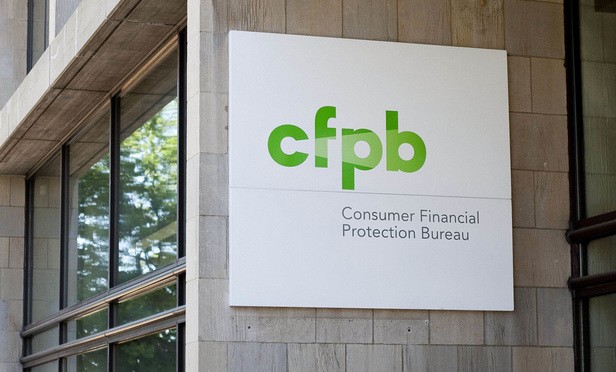In early May, the Consumer Finance Protection Bureau released its Annual Report on fair lending activities during 2015. The report provides a thorough and detailed look at each of the actions the Bureau took in the last year, its current methodologies for identifying and pursuing fair lending cases and pending matters the Bureau looks forward to addressing in the future.
In two previous blog posts, Preiss&Associates has unpacked the methodologies and actions the CFPB detailed in this report. In this final installment of Preiss&Associates’ three-part look at the 2015 report, we’ll discuss the final two sections of the report—Rulemaking and Interagency Coordination – and examine three ways the Bureau is looking toward the future that could impact the way your institution does business.
Rulemaking
Amendments to the Home Mortgage Disclosure Act
In August 2014, the Bureau proposed amendments that would, among other things, require new data from lenders who report under the HMDA. The 2015 report states that these amendments have yet to be finalized (a public comment period closed in fall 2014); however, late last year the CFPB announced these new rules will take effect in January 2018.
Under these new rules, the method by which the HMDA determines whether or not an institution needs to report a loan will change from a purpose-based method to a “dwelling-secured” standard. Both closed-end mortgage loans and open-end lines of credit will fall under the HMDA if the loan covers a dwelling. This means home improvement loans and refinances will require HMDA reporting. Recreational vehicles and agricultural-based properties will no longer fall under these reporting requirements.
In addition, lenders will be required to report a wealth of new data including:
- Borrowers’ ages, credit scores and debt-to-income ratios
- The dwelling’s value, type and construction method
- Loan pricing, term, rates and penalties
- Unique identifiers including property address, loan originator identifier and property address
Lastly, the reporting requirements will be made uniform under this new rule. Starting in 2018, any institution that has originated at least 25 closed-ended mortgage loans and/or at least 100 open-ended lines of dwelling-based credit will be required to collect, record and report borrower data.
Small Business Data Collection
The Rulemaking section of the report also discusses progress the Bureau is making on developing rules for the collection of data in accordance with Section 1070 of the Dodd-Frank Act which amended the Equal Credit Opportunity Act to require lenders to collect and report data on lending to small, minority and women-owned businesses. The report notes that the CFPB has begun to explore issues rulemaking may need to address. Recently the CFPB hired an Assistant Director for the Office of Small Business Lending who will head up the team involved in this work.
Among the data institutions may be required to report under these new rules are:
- Date of the application
- Purpose of the loan
- Amount of credit or credit limit applied for and approved
- Date and type of any actions made on the application
- Census tract in which the place of business is located
- Gross annual revenue of the applicant in the year preceding the application
- Race, gender and ethnicity of the business owners
Interagency Coordination
As Preiss&Associates’ has noted in previously blogs during the past year, the CFPB continues to work with other state and federal agencies to not only identify fair lending cases but to take action.
The report notes a Memorandum of Understanding the Bureau entered into with HUD in September that delineates “how each agency will use and properly share information to enhance fair lending compliance and interagency collaboration around institutions and issues over which the two agencies share jurisdiction.”
In addition to its work with HUD, the Bureau identifies a number of task forces and working groups in which it participated in the last year in an ongoing effort “to promote consistent, efficient, and effective enforcement.”
What does this mean for your institution? With so many coordinated efforts to identify potential fair lending discrepancies, it has never been more important to consistently and accurately monitor your own fair lending data.
As we noted following the Fidelity Bank settlement, regardless of whether or not your institution is intentionally engaging in discriminatory practices, any appearance of discrimination can become an expensive problem.
If you’d like to discuss your options or how your monitoring program can be strengthened to best stand up to interagency scrutiny, give Preiss&Associates a call. We look forward to speaking with you.


